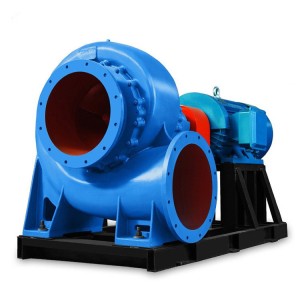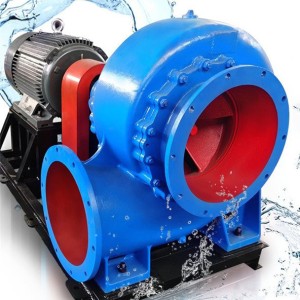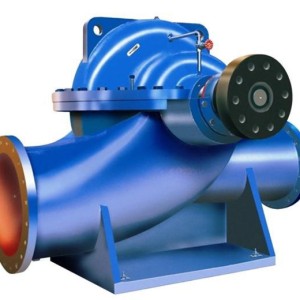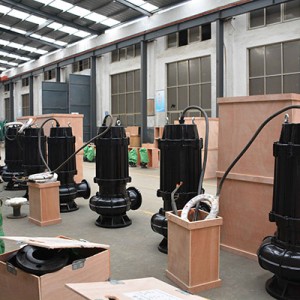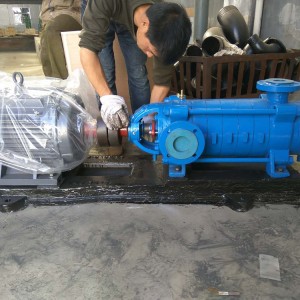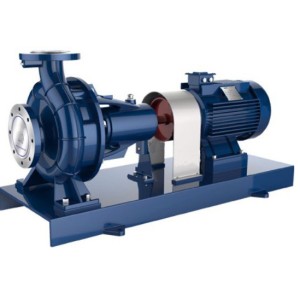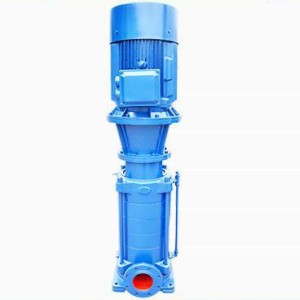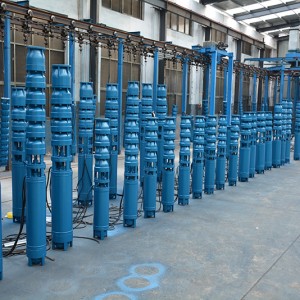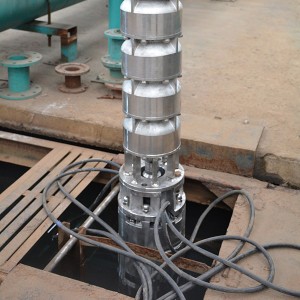The deep well pump is a vertical multi-stage centrifugal pump that can lift water from deep wells. As the groundwater level drops, deep well pumps are more widely used than general centrifugal pumps. However, due to improper selection, some users have problems such as failure to install, insufficient water output, failure to pump water, and even damage to the motorized well. So, how do users choose deep well pumps?
(1) The submersible multi-stage pump is selected according to the maximum allowable production volume of the water source well. The pumping capacity of the water pump must be consistent with the actual influx of water in the well. The pumping capacity must be equal to or slightly less than the actual production capacity of the water source well. Otherwise, strong pumping will occur, which will not only shorten the service life of the deep well submersible pump, but also filter in severe cases. The net is pumped and destroyed, resulting in more sand gushing and even scrapping of wells.
(2) The diameter of the deep well submersible pump must match the wellbore diameter. In order to make the deep well pump get up and down smoothly, there is room for groundwater to gather quickly when pumping, and it can reduce the running wear of the pump without resistance. It is required that the diameter of the water lift pipe and the pump body should be greater than the maximum diameter of the pump body by 20-40 mm. That is, the annular gap between the largest diameter part of the pump body and the well wall must be 10-20 mm in order to prolong the service life of the water well and deep well submersible pump.
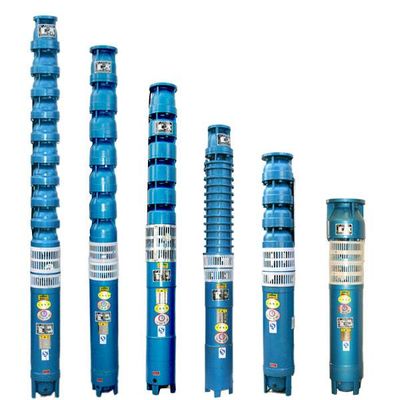
(3) Downhole position of the pump head of the deep well submersible multi-stage pump. The pump head of the deep well submersible pump must never be lowered at the position of the filter tube (flower tube). It must be lowered at the position of the well wall tube (real tube), otherwise it will flow when pumping. The sand may not stop or ruin the well. Interpretation should be based on the electrical survey curve of the exploration hole, determined by both sides of well A and B, according to the hydrogeological conditions of the well and adjacent water source wells (buried depth of the aquifer, thickness of the aquifer, lithology of the aquifer) and the operation of the pump The well structure (well diameter, flower tube, actual pipe position), the depth of the well and the selection of the water pump to ensure that there will be no problems during the operation of the down pump and the water pump in the future.
(4) According to the allowable production volume of the water source well, select the deep well submersible pump. Under the conditions allowed by hydrology and geology, and according to the water inflow of the source well, determine the specification and model of the deep well submersible pump to determine the reasonable structure of the source well.
(5) Choose deep-well submersible centrifugal pumps according to the total pressure head loss. The diameter, head (number of stages) and power of the deep well submersible pump should be selected according to the total pressure head loss required to lift the groundwater from the pump head to the surface pool or water tower. The water pressure increases proportionally with the number of impellers passing through it. The impeller of the deep well pump works when immersed in water, and only has a head but no suction. The rated head and the actual operating head of the pump should not be too different, and must not be higher than 25% of the actual head. The pump head is high and the motor power required is large, which is likely to cause the pump to have a larger string, the lighter wears the impeller and the impeller shell, and the heavy one has the bearing in the shell (which acts as a limiter) and is easy to stick to the pump coupling. As a result, the water pump cannot be operated, and the motor overload winding will burn out. If a high-lift pump is used for low-lift pumping, its flow will inevitably increase. Even outside the working range, running under conditions of large flow, low efficiency and high energy consumption, it seems that the pumping speed can be accelerated on the surface. Improve the pumping efficiency, but the gain is not worth the loss. It is not recommended, because when the flow of the pump reaches or exceeds the maximum extraction capacity of the well, the structure of the filter layer outside the well pipe will be destroyed. The lighter case will lead to a large amount of sand in the well, and the more severe case is the wellhead. The ground nearby will sink, which will endanger the safety of the well. In addition, if the pump runs at high lift, large flow, low efficiency, and high speed for a long time, the speed of the pump’s inlet water will increase, which will destroy the chemical balance of the groundwater and cause the dissolved substances in the water to precipitate and settle in the water inlet gap or pit of the filter tube. To speed up the knot
Post time: 2021-12-02


